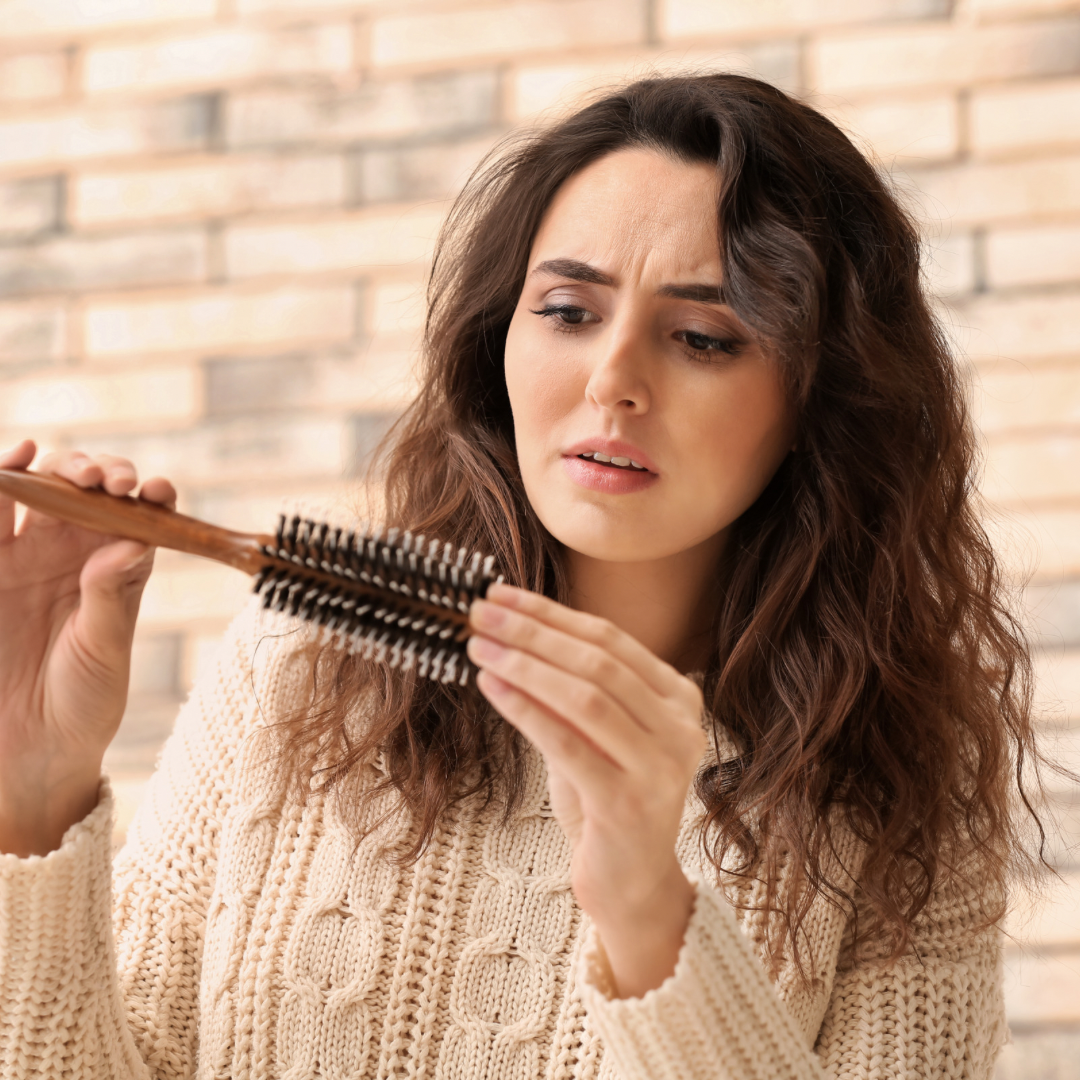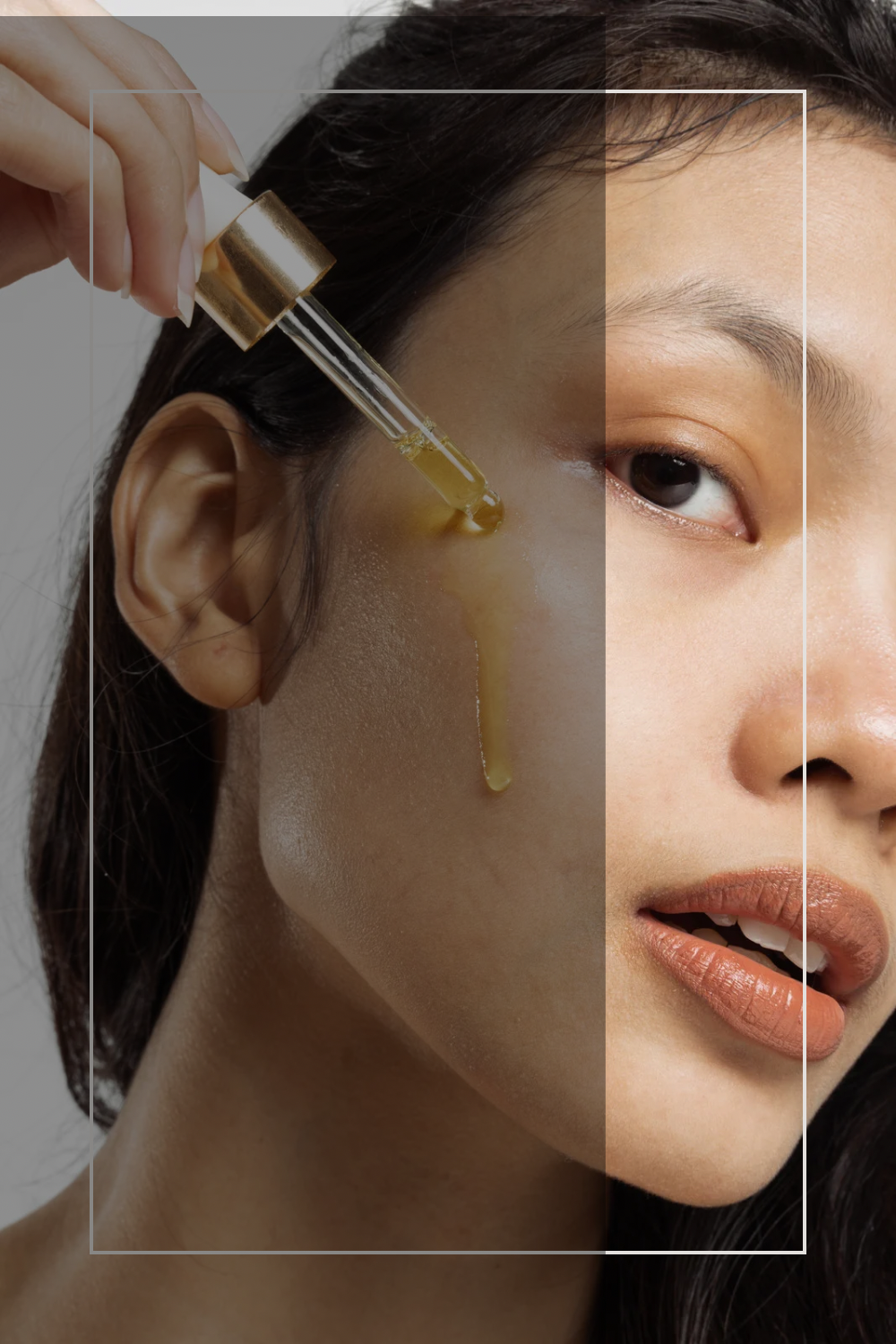Hair damage is more than just split ends. Extremely damaged hair develops cracks in the outside layer (cuticle). Once the cuticle lifts (opens), your hair is at risk for further damage and breakage. It may also look dull or frizzy and be difficult to manage.
So can you really go from dry, brittle hair to smooth, shiny locks? The answer isn’t always cut and dried. For the most part, hair damage is permanent because hair is actually a collection of dead cells, making them beyond repair.
The only real cure is time, a pair of shears, and taking steps to prevent new damage.
But don’t despair, with proper hair care and a few targeted treatments, you can help restore the outer cuticle and begin to improve the look and feel of your hair.
If you know where you went wrong
Sometimes it’s all too clear how you ended up with damaged hair. When used improperly, dye, bleach, and styling tools can do a number on your locks.
Keep reading to learn how to prevent further damage and smooth over your symptoms until you’re able to cut the damaged hair. You may need to “double dip” to meet all of your needs.
1. Dye, Bleach, and Other Harsh Chemical Treatments
In order to color your hair, dye solutions need to open up the cuticle — which is your hair's outer covering — and deposit color particles in the hair's cortex, which is the inside of the hair strand. If you dye your hair too often or with products that are too harsh on your cuticle, that cuticle won't lie flat again once you rinse the dye out. A rough, raised cuticle is a sure sign of damaged hair.
Bleach solutions can be even harsher on hair than standard dyes, since they are designed not only to open the cuticle, but to remove color from your hair's cortex. The more you bleach and lighten your hair, the dryer and more damaged it will become. This is why most stylists recommend against "going blonde" in one appointment and instead use a more gradual approach.
2. its from Using Heat Tools
Styling with heat can “cook” hair fibers and lead to raised cuticles and porous hair. Using heat too often or at high temperatures can make your hair more prone to damage.
How to limit further damage
Blow dry from a distance. Blow dryers are notorious for causing damage. The good news is that you may not have to give it up entirely.
Use a heat protection product. These products are meant to help protect the hair and prevent split ends.Like SOHC Caupuacu/Shea Butter Cream.
3. Poor Styling Techniques
Another common cause of damage is the little, day-to-day mistakes you make when styling your hair. This includes things like brushing your hair when it's wet. (You should only comb wet hair; brushes are too harsh and cause breakage). Pulling your hair into a tight ponytail every day can be damaging, too, as can using rubber bands and other "grippy" accessories. Many low-end styling products, like cheap hair sprays, are very alkaline and may contribute to damage by throwing off your hair's pH.
One little styling mistake won't lead to a whole head of frizz, but the damage adds up if you use these poor techniques every day.
HOW CAN YOU REPAIR DAMAGED HAIR?
Now that you hopefully have a better idea of what's caused your damaged locks, here are some ways to work towards repairing the damage. Expect a gradual improvement over the coming weeks and months as you integrate these new habits into your routine.
1. Visit the Salon for Regular Trims
When you have damaged hair, you should visit your stylist for a trim every 4 weeks. Your stylist will remove the damaged ends of your hair, preventing any splits from traveling further up your hair strands. If your hair is badly damaged, your stylist may recommend a shorter cut for the time being. Once the damaged ends of your hair have been removed, you can work on growing it back out again.
Even once your hair is in better shape, regular trims will prevent future damage. If you have fine or wavy hair, visit every 6 weeks. Those with fine or medium curls can wait 8 to 12 weeks between trims, and those with tighty, coily hair can easily go 12 weeks once their damage has been repaired.
2. Switch to Hydrating Shampoo and Conditioner
When your hair is already dry and damaged, the last thing you need is a shampoo that strips away more of its oils. Look for hydrating shampoos and conditioners like SOHC Nourishing Shampoo and Our Revitalizing Hair Mask formulated specifically for damaged hair. These typically contain ingredients like vitamin E and essential fatty acids to help smooth your hair's cuticle and seal in moisture.
3. Add omega-3s and antioxidants to your diet
- salmon
- oysters
- mackerel
- tuna
- sardines
These are all rich in peptides and omega-3s, which can make your hair shinier.
You might also consider eating more antioxidants to combat oxidative stress, which makes hair look
4. Avoid washing your hair every day
Shampoo removes dirt and sweat from your hair, but it also
But you probably don’t need to be stripping your hair of sebum every day — you can most likely wash your hair every other day and see your hair appear healthier as a result. If you can’t go a day in between washing, at least use a shampoo specifically for dry hair or even try a baby shampoo. Both are mildly cleansing without stripping hair completely of its natural oil.
The bottom line
Unless you have a time machine, you can’t undo hair damage once it’s done. But you can change your habits and give your hair some extra love.
If you aren’t seeing results after a few weeks, schedule an appointment with your doctor or dermatologist. They can assess your symptoms and determine whether an underlying condition may be to blame.



